Black sesame seeds are a versatile ingredient that can be used in many ways. Here are 5 simple and delicious ways to incorporate them into your daily meals:
1. Toast and Sprinkle for Crunch
Toasting black sesame seeds enhances their nutty flavor and aroma. Simply heat a dry pan over medium heat, add the seeds, and stir constantly until they turn golden brown. Once cooled, sprinkle them on top of salads, soups, rice, yogurt, or even oatmeal for an extra crunch and nutty taste. This simple technique also helps release their nutrients for better absorption.
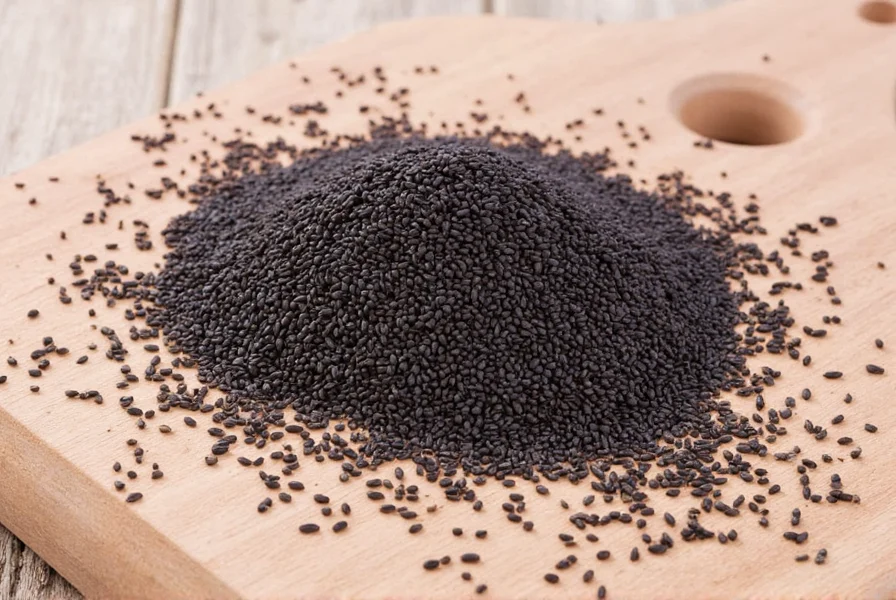
2. Make Sesame Paste for Dips and Dressings
Make your own healthy sesame paste by grinding black sesame seeds with a little oil. This is perfect for dips, dressings, or as a base for sauces. It's much healthier than store-bought versions, which often contain added sugars and preservatives. To make it, blend 1 cup of toasted black sesame seeds with 2-3 tablespoons of neutral oil until smooth. Use in hummus, salad dressings, or as a spread on toast.
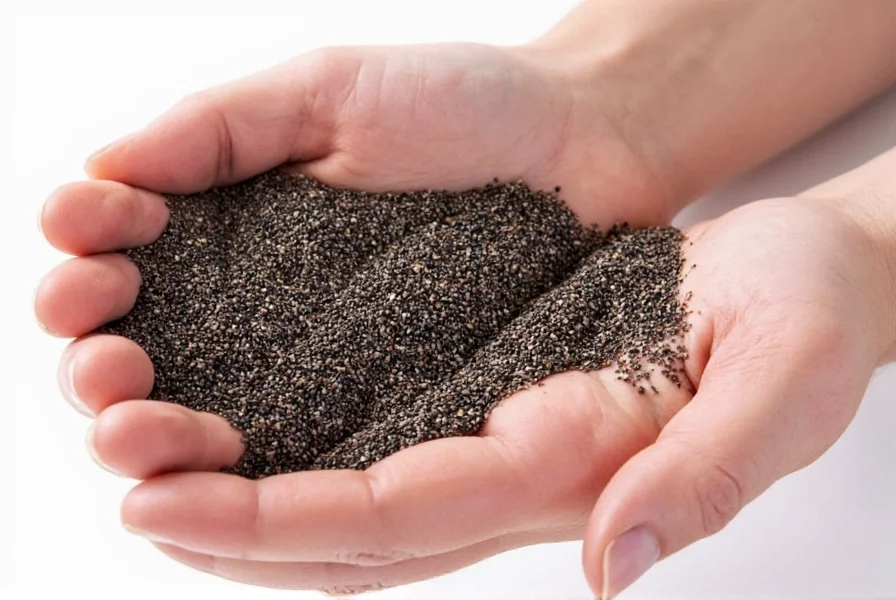
3. Add to Baked Goods for a Nutty Twist
Black sesame seeds work wonders in baked goods. Try adding them to bread, cookies, or muffins for a subtle nutty flavor. They also pair well with chocolate, making them a great addition to brownies or truffles. For best results, toast the seeds first to enhance their flavor before mixing into batter.
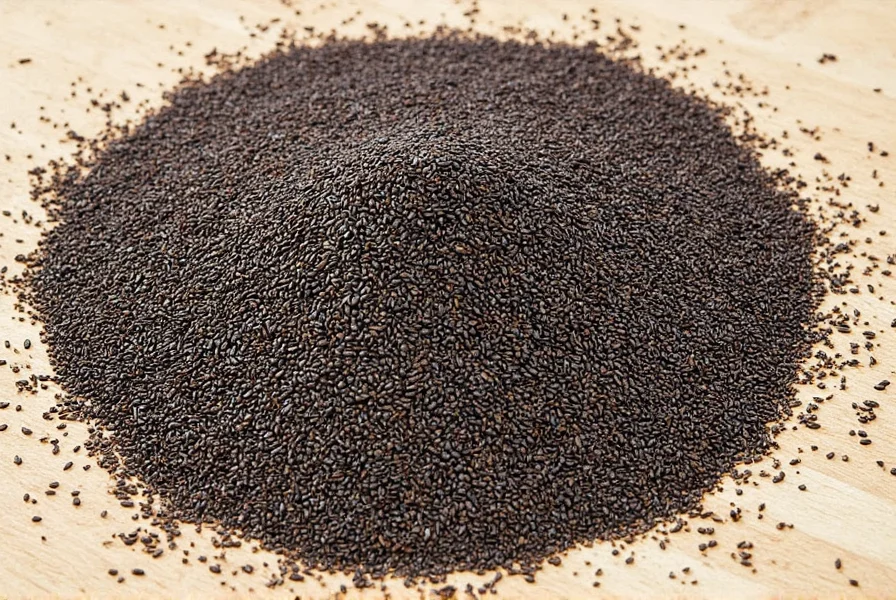
4. Use in Sauces and Dressings for Depth
Black sesame seeds add rich texture and flavor to sauces and dressings. Blend them with soy sauce, rice vinegar, garlic, and a touch of honey for an authentic Asian-inspired dressing. They also work beautifully in teriyaki glazes or as a garnish for noodle dishes. For maximum flavor, toast the seeds before blending.
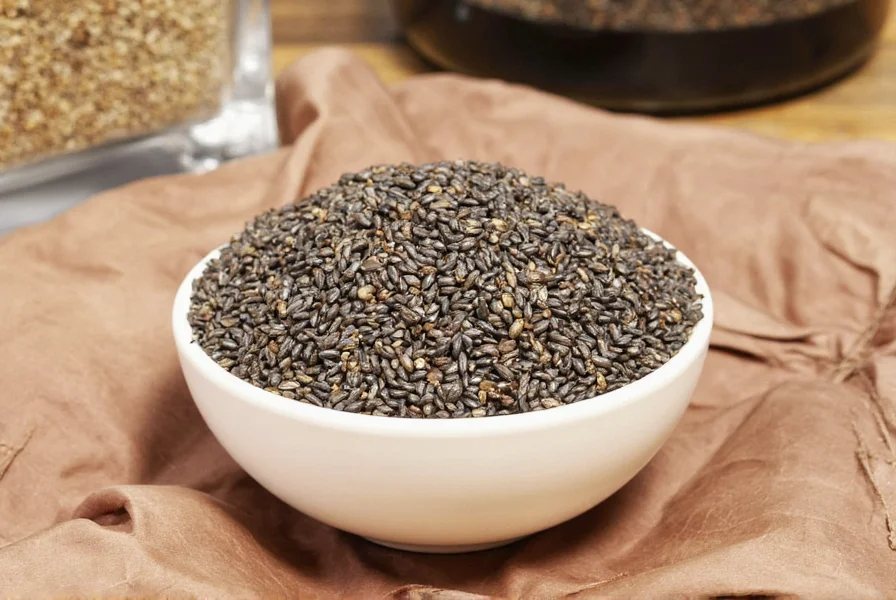
5. Make Black Sesame Milk for a Nutritious Drink
Blend black sesame seeds with water, a bit of sugar or maple syrup, and a dash of vanilla for a creamy, nutrient-rich drink. This dairy-free milk alternative is packed with calcium and antioxidants. Strain the mixture for a smooth texture or leave it unstrained for added fiber. Serve chilled for a refreshing beverage.
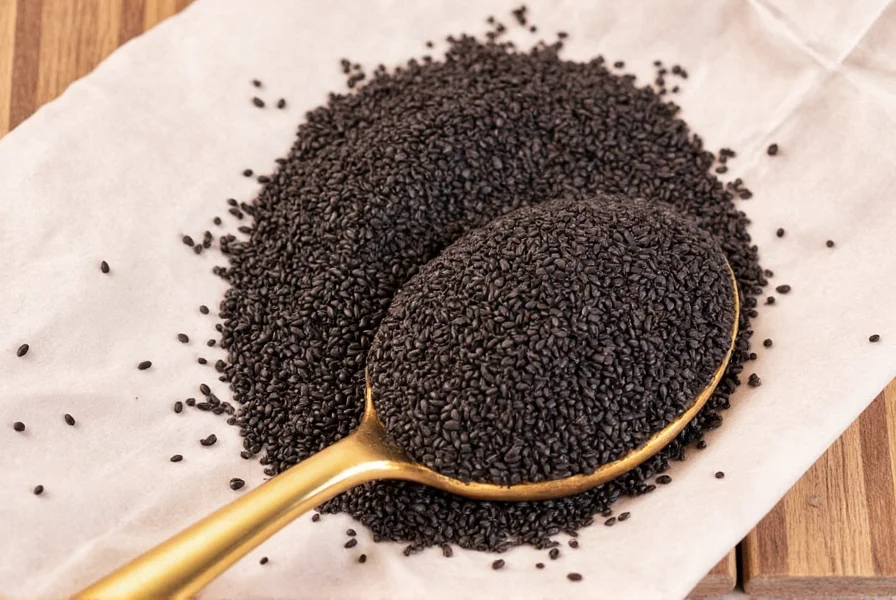
| Nutrient | Amount per 100g |
|---|---|
| Calories | 539 kcal |
| Protein | 17.7 g |
| Fat | 49.6 g |
| Carbohydrates | 23.8 g |
| Fiber | 13.2 g |
| Calcium | 975 mg |
| Iron | 8.01 mg |
| Magnesium | 325 mg |
| Zinc | 3.34 mg |
Buying Guide
When buying black sesame seeds, prioritize quality for best results:
Whole vs. Ground
Whole seeds retain flavor longer and are more versatile. Grind them yourself as needed to preserve freshness. Pre-ground seeds lose potency quickly.
Organic vs. Non-Organic
Choose organic for reduced pesticide exposure and higher nutrient density. Organic certification ensures safer production practices.
Storage Tips
Store in airtight containers in cool, dark places. Refrigerate for long-term freshness (up to 2 years) to prevent rancidity from their high oil content.
| Brand | Features | Best For |
|---|---|---|
| Organic Harvest | 100% organic, whole seeds, no additives | Health-conscious cooks, baking |
| Golden Fields | Non-GMO, high-quality, pre-toasted | Quick use, sprinkling, snacking |
| East Asia Imports | Traditional, unprocessed, great for pastes | Cooking, sauces, dressings |
Frequently Asked Questions
What's the difference between black and white sesame seeds?
The main difference lies in the hull. Black sesame seeds retain their hull, which gives them a stronger, more bitter flavor and higher nutritional content, especially in antioxidants and calcium. White sesame seeds have had their hulls removed, resulting in a milder flavor and slightly different nutritional profile. Black sesame seeds are often preferred in Asian cuisine for their visual contrast and robust flavor.
Can I substitute black sesame seeds for white ones in recipes?
Yes, you can substitute black sesame seeds for white ones, but be aware of the flavor and visual differences. Black seeds have a stronger, more robust flavor that can change the taste profile of delicate dishes. They'll also create a dramatic visual contrast in light-colored foods. For most savory applications, the substitution works well, but in desserts where appearance matters, black seeds will create a distinctive speckled or dark appearance.
How long do black sesame seeds last and how should I store them?
Properly stored black sesame seeds can last 6-12 months in the pantry, up to 2 years in the refrigerator, and even longer in the freezer. Store them in an airtight container in a cool, dark place away from heat and moisture. Due to their high oil content, they can go rancid if exposed to air, light, or heat. For long-term storage, refrigeration or freezing is recommended to preserve their flavor and nutritional value.
Are black sesame seeds good for hair growth and health?
Black sesame seeds have been traditionally used in Ayurvedic and Chinese medicine for hair health. They contain nutrients like calcium, magnesium, iron, and zinc that support overall hair health. While scientific evidence specifically linking them to hair growth is limited, their rich nutrient profile makes them beneficial for maintaining healthy hair. Many people consume them or use black sesame oil as part of hair care routines for strengthening hair and preventing premature graying.
What are the best ways to incorporate black sesame seeds into my daily diet?
There are many simple ways to include black sesame seeds in your daily meals: sprinkle toasted seeds on salads or roasted vegetables, blend them into smoothies, stir into yogurt or oatmeal, use in homemade energy balls, make black sesame milk, or create a flavorful dressing with ground seeds. For maximum nutritional benefit, toast and grind them before consumption to improve nutrient absorption. Just one tablespoon (about 9g) per day can provide valuable nutrients.
Can I eat black sesame seeds raw, or should I always toast them?
Yes, you can eat black sesame seeds raw—they're completely safe to consume without toasting. However, toasting them significantly enhances their flavor and makes their nutrients more bioavailable. Raw seeds have a more bitter, earthy taste, while toasted seeds develop a rich, nutty flavor. Toasting also breaks down phytic acid, which can improve mineral absorption. For most culinary applications, toasting is recommended, but raw seeds work well when grinding for pastes or milk.
Why are black sesame seeds more expensive than white ones?
Black sesame seeds tend to be more expensive primarily because they're less commonly produced and have higher demand in specialty markets. The processing is often more labor-intensive since they're typically used with their hulls intact. Additionally, black sesame seeds are considered a specialty ingredient in Western markets, which increases their price. In some regions where they're traditionally grown and consumed, the price difference may be minimal or even reversed.

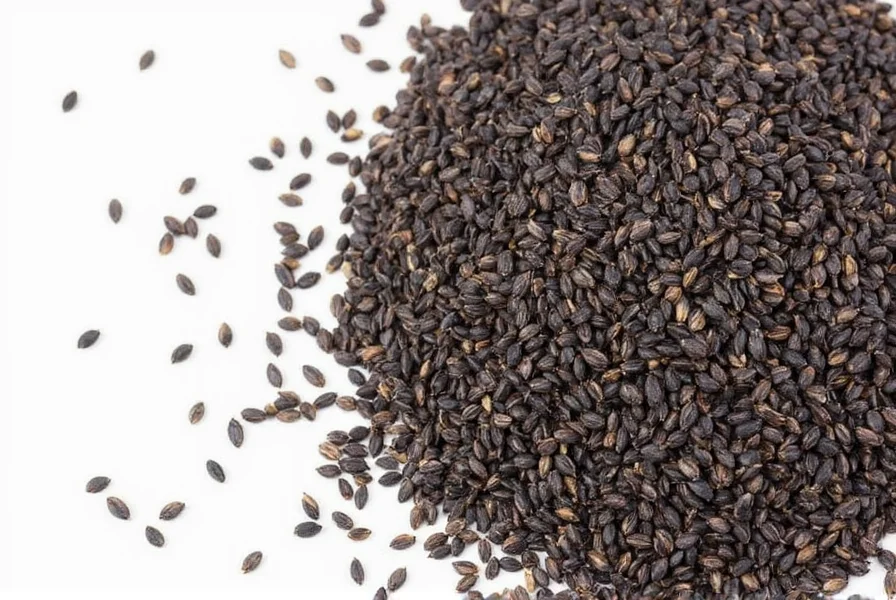









 浙公网安备
33010002000092号
浙公网安备
33010002000092号 浙B2-20120091-4
浙B2-20120091-4